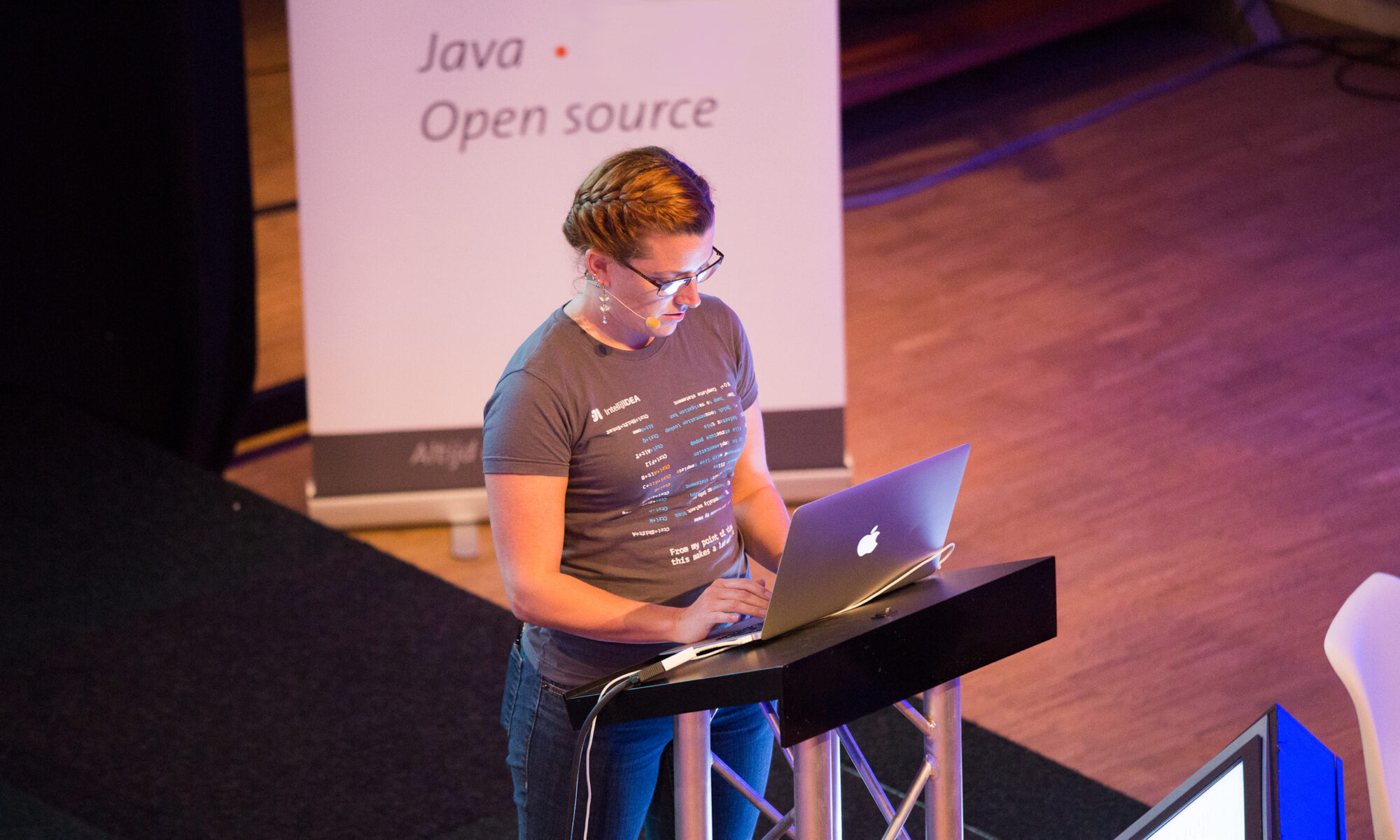I freaking HATE flaky tests.
The first time I worked in an environment that had real Continuous Integration with Actual Automated Tests that Actually Ran, it was like... freedom. We literally got the green light that our new code was working as expected, and that any changes we made hadn't broken anything. And refactoring... before then, I don't think I had ever really refactored anything. Even a simple rename was fraught with danger, you never knew if reflection or some sort of odd log-file parsing was dependent upon specific class or method names. With a comprehensive suite of unit, acceptance and performance tests, we had this blissful safety net that would tell us "Everything Is OK" after we'd done simple or extensive refactoring.
Except.
Continue reading "Flaky tests are poisoning your productivity"


